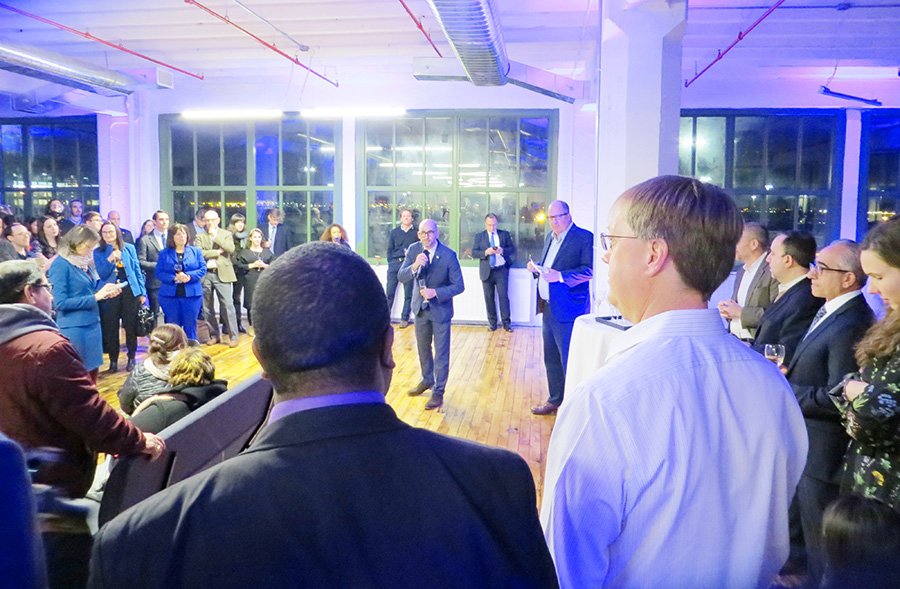
At the end of last month, a party was held at Sunset Park’s Industry City, where AECOM, the infrastructure firm that put Red Hook subway station in the mouth of the governer, recently rented space.
The party was hosted by the former Red Hook Container Terminal CEO, and former Executive Director of the Port Authority (PA), Chris Ward, and most recently AECOM executive in charge of their Red Hook project.
The occasion was to celebrate AECOM’s arrival at Industry City, where they now officially are a part of what the real estate industry has dubbed “Brooklyn’s Innovation Coast.”
I did not go as a reporter, and won’t report on what was actually said by Ward, Andrew Kimball of Industry City, Andrew Hoan, of the Brooklyn Chamber of Commerce, or special guest Brooklyn Borough President Eric Adams.
In fact, I left before Adams eventually showed up because I couldn’t take it any more.
What disgusted me was the glib smugness at which these chamber of commerce types toasted themselves for recognizing the hidden billions to be made simply by transforming a longshoreman’s operation into a stand of gleaming skyscrapers full of luxury condo apartments.
The speeches began with Chris Ward stating what he has told me in person that the AECOM plan that includes 45,000 new apartments in buildings scattered along our shoreline was simply a conversation starter.
But as the night wore on, and the Andrews (and former Chamber President Carlos Scissura) took the microphone, the group began congratulating themselves for recognizing the true future of Brooklyn. By God! Even the Governor’s on board, they cackled (a reference to his reference of the AECOM plan in his recent State of the State address).
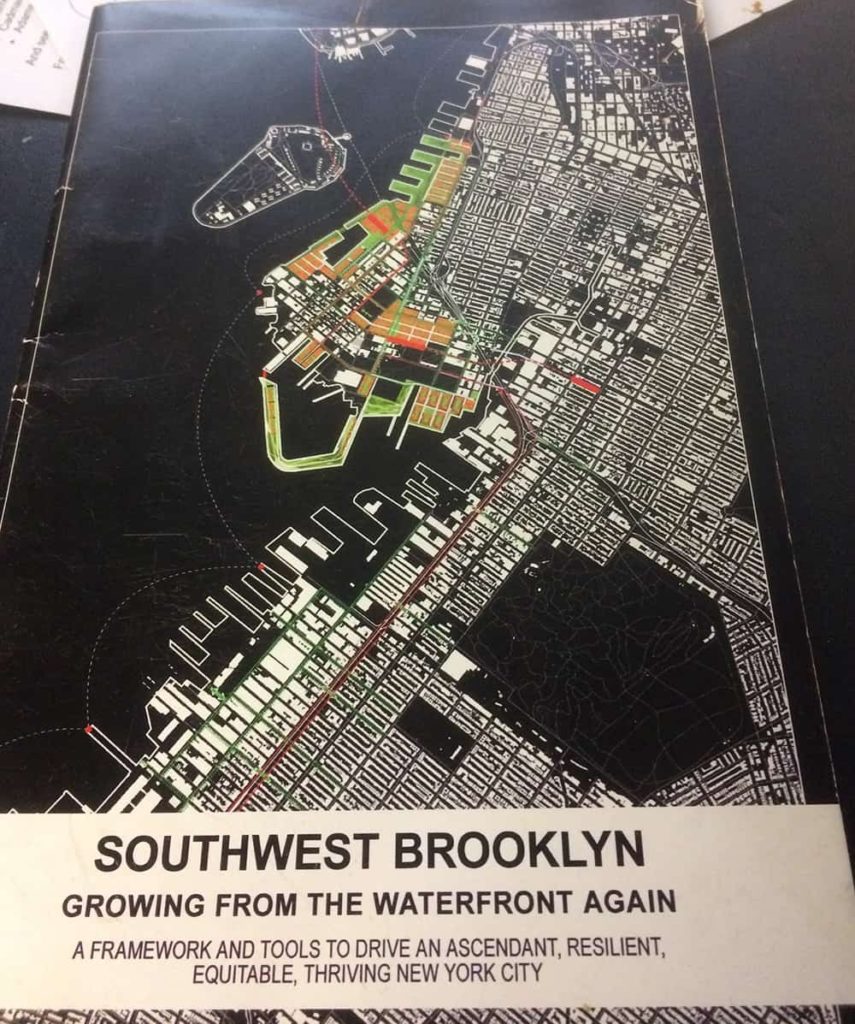
Anyone can have a plan, including and especially real estate developers.
The Brooklyn Greenway Initiative had a vision of a bike path, interspersed with parks, up and down this very same innovation coast. They joined with the Regional Plan Association, and made a plan for themselves. The singlemindness and persistence—and competence—of their leadership has turned that plan, which 20 years ago was just that, into a rapidly growing reality.
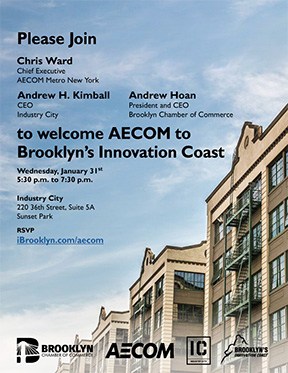
The Red Hook terminal came into being as a political sop to labor unions. In fact, the original PA plan was to turn all of the Red Hook waterfront into a huge container terminal. This was what the unions wanted and in a Democratic town, unions are important.
In the end, a more modest terminal was built across Hamilton Avenue, leaving a Cruise Terminal on this side. That plan changed, but not before many homeowners sold their homes, fearing eminent domain, and leaving a depressed Red Hook in its wake.
What’s needed today is an alternate plan that represents what we need and want. What do we want?
Maybe the Stevedore doesn’t really need 110 acres. Maybe the Waterfront Commission and the Port Authority, who occupy the piers just south of Brooklyn Bridge Park could relocate. Maybe the terminal could shrink a bit. They seem to have extra space, as can be seen by the number of trucks renting space there.
Having quality affordable housing in that part of the terminal might not be such a bad idea. In the 1950’s, the Mitchell Lama housing program was created and was successful in creating decent affordable housing.
Mitchell Lama projects are no longer being built—land is too valuable. But the terminal land is owned by government. The right thing to do with that land would be to listen to the community first and the developers second.
Affordable housing and parks come to mind for any new use of the piers.
There are other possibilities—museum, entertainment venue and schools come to mind. All living happily alongside a smaller container terminal.
AECOM and the Brooklyn Chamber of Commerce will not go away. Their vision extends long into the future. They can afford to spend 20 or more years making their plan a reality.
That’s how long it’s taking to finish the Atlantic Yards/Pacific park project. There’s an example where the real estate industry trumped community interests. That industry has as much political pull in NYC as do unions.
Shouldn’t Piers 7-12 belong to the public? Shouldn’t we have some say in possible new uses for it. Especially when some new uses might destroy the neighborhoods we love.
Maybe it’s time to form a coalition and create our own plan.
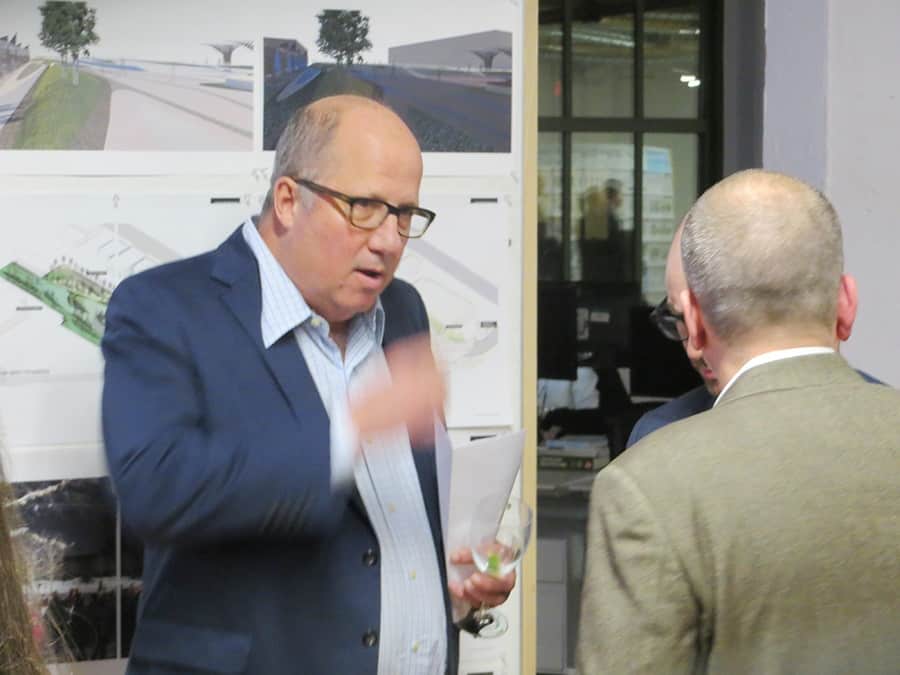
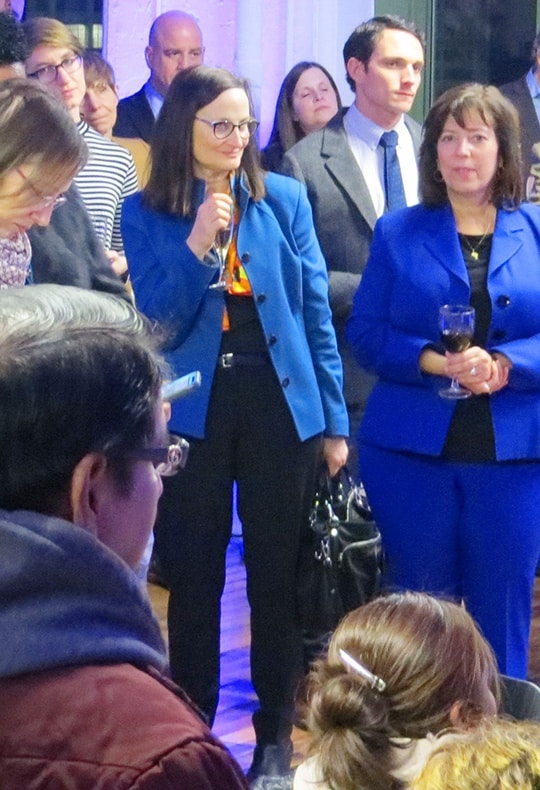









One Comment
Pingback: Today's links: Avocado Bars, Speeding Tickets and Who's To Tell Us How To Live - BKLYNER